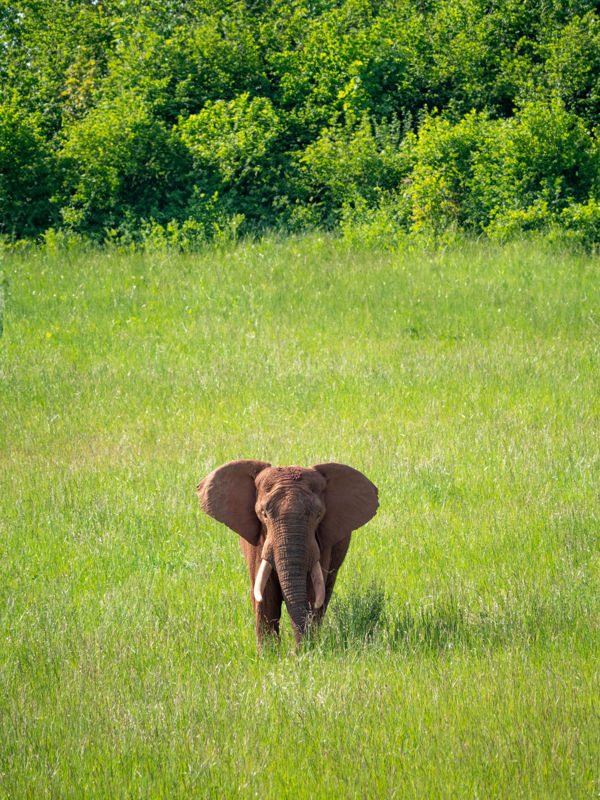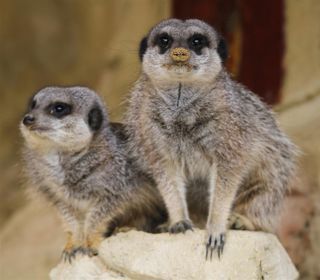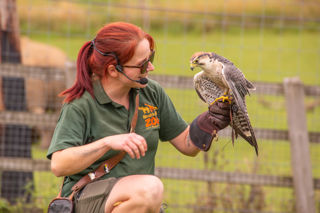
Ural Owl
Scientific name: Strix uralensis
The Ural owl is a nocturnal owl, with an unusually long, wedge-shaped tail. Their flight style has deep relaxed wing beats, giving the appearance of quite a large bird.
Their name refers to the Ural Mountains of Russia where they are commonly found. They prefer to live in taiga forest (snow forest) biomes, near a clearing. They are well adapted to elevations from sea level to mountainous regions. They are highly territorial and rarely stray from their home range, even when the prey population decreases.
They can also be highly territorial of an area in which they have used to nest previously. They prefer tree cavities and stumps but will use nests built by other birds, and nest boxes made by conservationists. The female will incubate alone while the male brings her food. Incubation lasts for 28-35 days, and owlets fledge at 35 days old but cannot fly until about 45 days old. Owlets are fed by their parents for an additional two months after leaving the nest.

-
At Noah's Ark...
Our Ural Owl is called Bramley, you can see Bramley in our flying displays.
-
We live...
In the Birds Of Prey enclosure, next to the ring tailed lemur enclosure.
-
Fun Fact
Ural owls tend to pair for life. Their feet are covered in feathers to keep them warm.
-
Food fact
They rely on small mammals, especially rodents like voles. Other prey may include hares, small birds, amphibians, and invertebrates.
-
Fun Fact
Ural owls have remarkable binocular vision that can see prey from long distances even in low-lighting conditions.
You might also like...
-
![Meerkats]()
Meerkat Keeper Talk
Come along and learn about our mob of Meerkats from our experienced animal keepers.
Find out more
-
![Zoe And Falcon (2)]()
Bird of Prey Flying Display
Watch our majestic birds of prey in our new Wings of Wonder flying display.
Find out more
-
![Andean Bear]()
Bear Keeper Talk
Learn about our Spectacled bears from our experts and find out what it is like to be a Spectacled bear keeper.
Find out more
-
![African Elephant - Shaka 2]()
Elephant Keeper Talk
Did you know Elephants are the largest land animals on Earth? Come and join our Elephant Keepers and learn about our bulls.
Find out more

Sign Up to the newsletter
Would you like to receive marketing emails from us? Please tick the box if you would like to receive information about future events, ways you can support our charity, offers and discounts.





